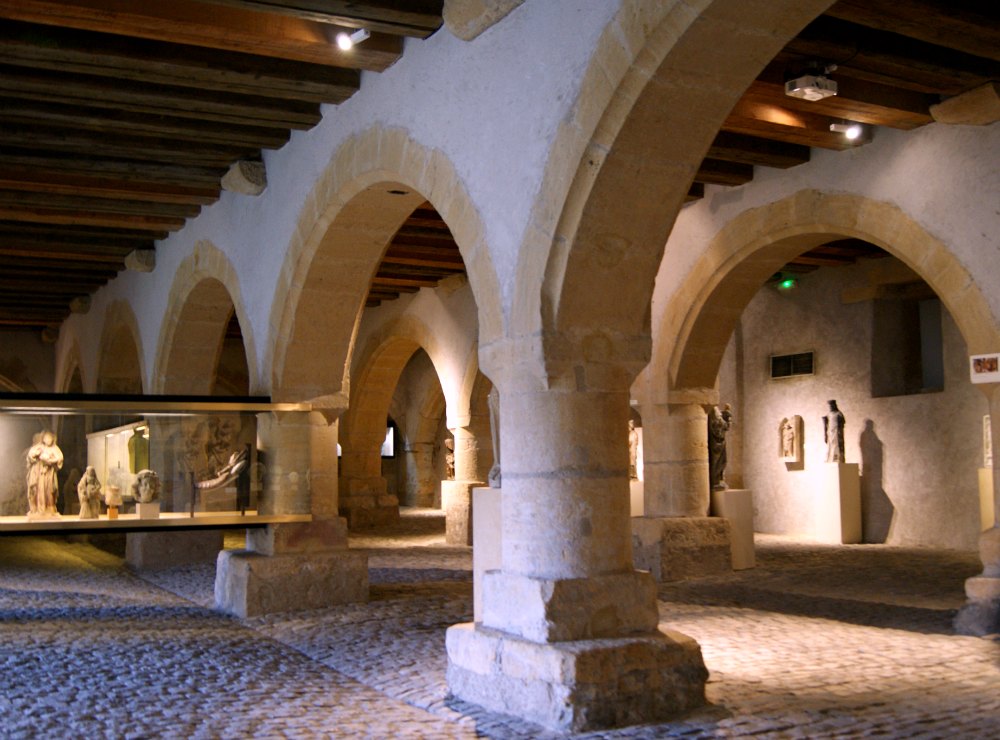
|
|
|
Social eventsThe Cour d’Or Museum
The Cour d’Or Museum is located close to the Cathedral of Saint Stephen in the heart of Metz, in a complex comprising the former Abbey des Petits Carmes, the Chèvremont granary dating from 1457 and the small Eglise des Trinitaires. It brings together Gallo-Roman, mediaeval and Fine Arts collections in more than 6000 square meters of space. The name of the Museum refers to a local legend that the buildings housing the museum stand on the site of the former royal palace of the Merovingian kings of Austrasia. Like many museums, the Cour d'Or Museum was founded in the 19th century and was organised in encyclopaedic fashion:
The city museum was officially established in 1839. The scope and interests of the archaeological collections, established from the second third of the 19th century onwards, however confer the museum with a specific dimension compared to other facilities more noted for their collection of fine arts. Metz's strong point is the significance of the remains discovered during excavations performed during the first German annexation (1871-1918) as part of urban development. In a city with a rich Gallo-Roman and mediaeval past, these discoveries established the museum's early reputation. The museums of Metz are the work of conservationists and their entourage, who developed and enriched them throughout the 20th century, all the while making their mark on them. More specifically, they are the work of Gérald Collot, who was director of the museum from 1957 to 1987, who embodied the talent of a pragmatic yet visionary conservationist. Building on the legacy of his predecessors - archaeological specialists and multi-talented scholars, G. Collot distinguished himself by implementing a complete rearrangement and breath-taking expansion, all while continuing to acquire exceptional works.
|




